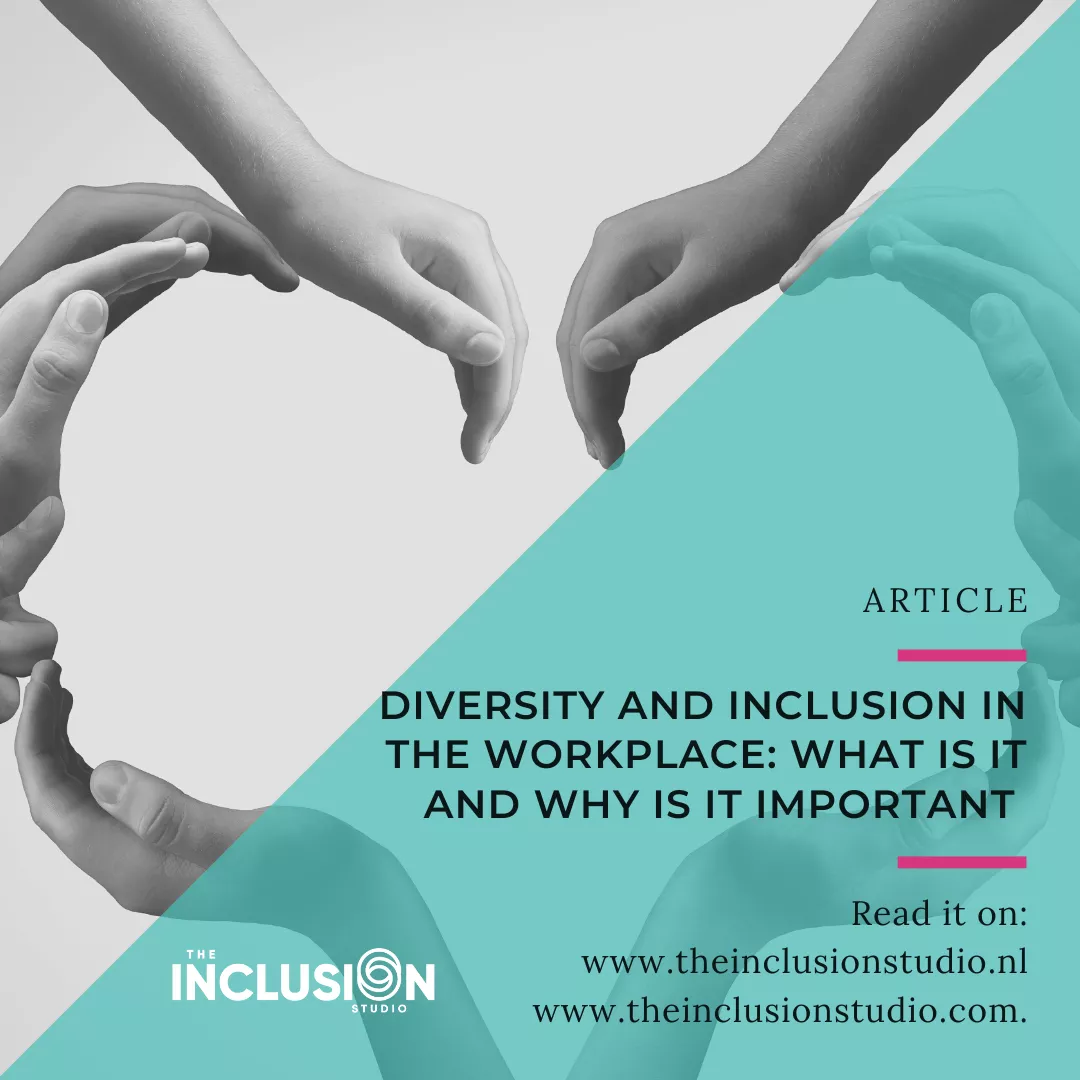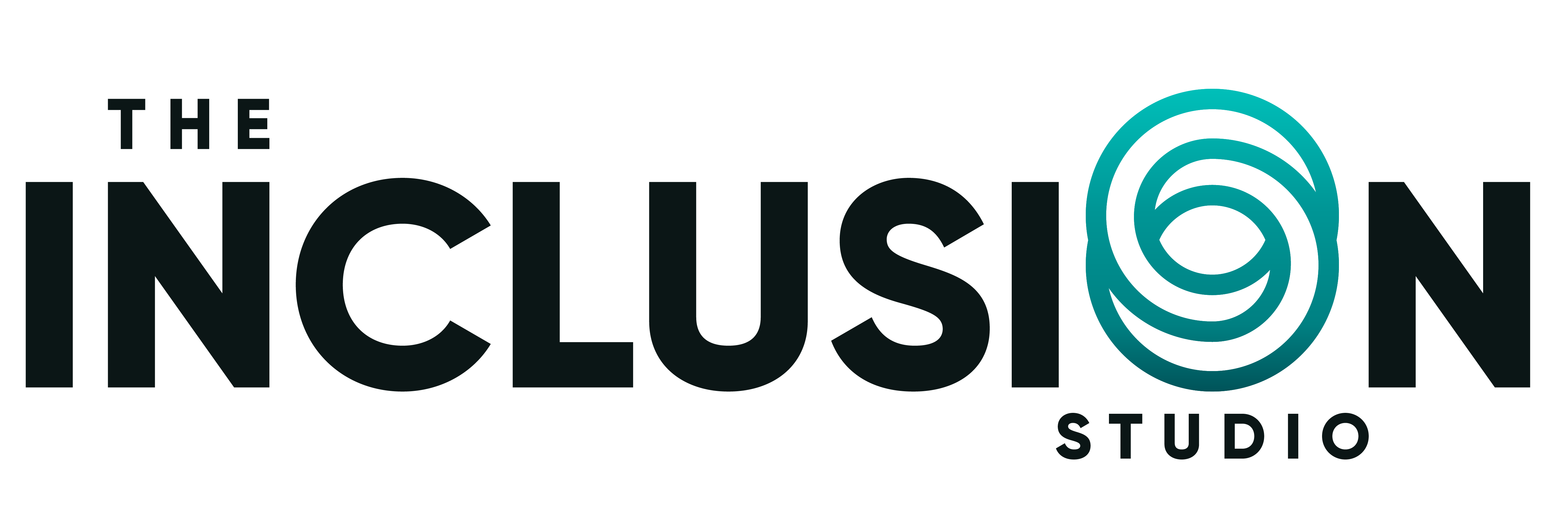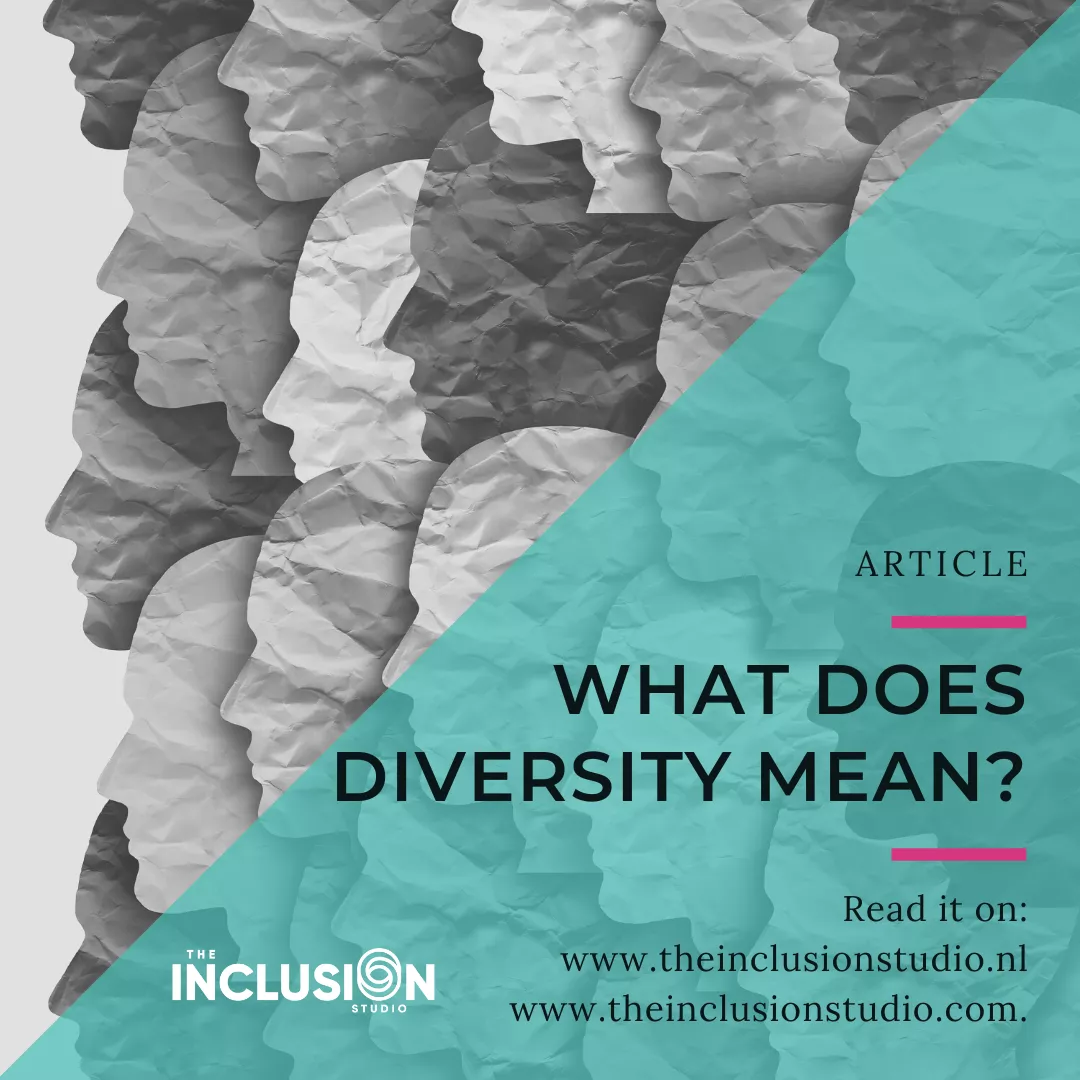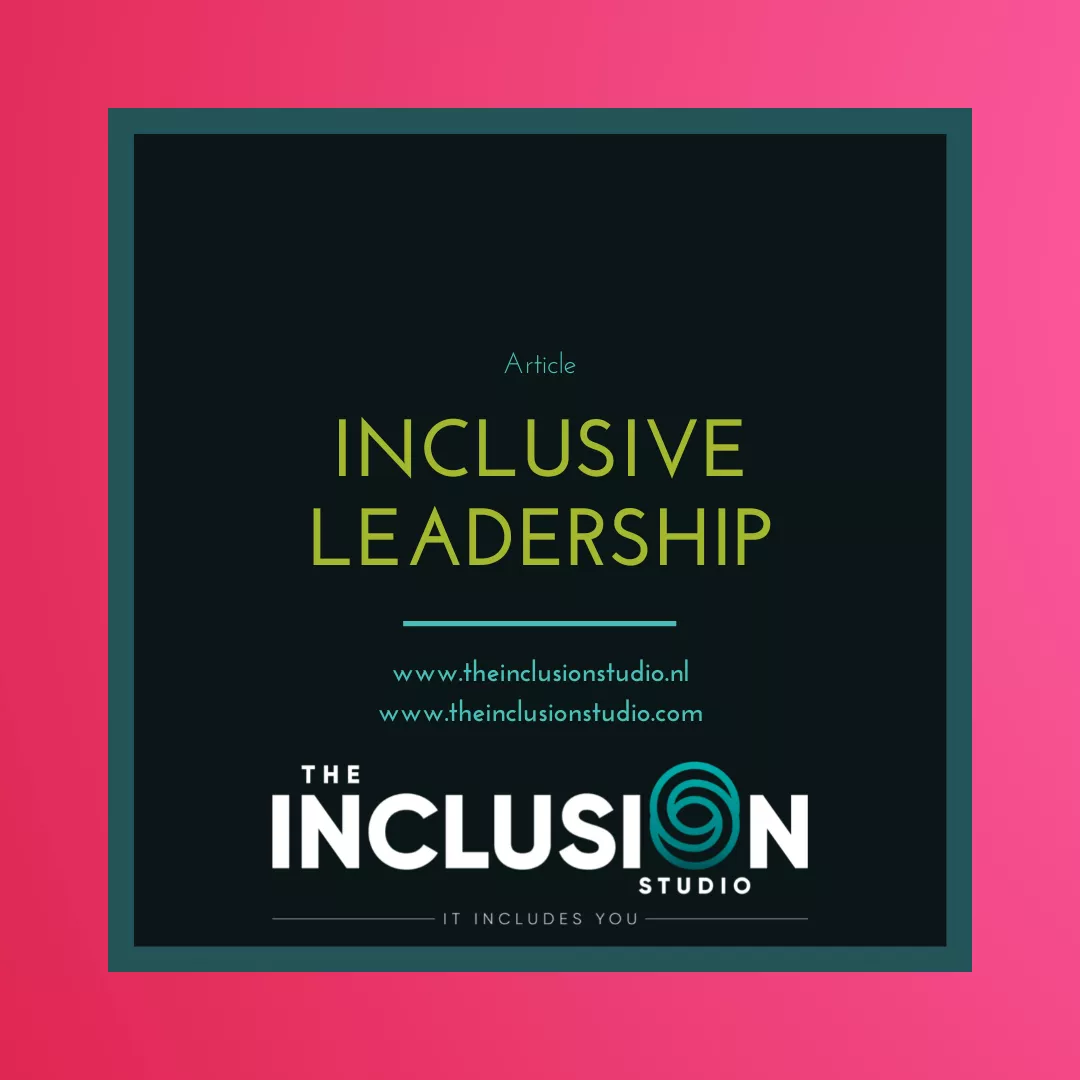
Diversity and Inclusion in The Workplace: What is It and Why is it Important
Diversity and inclusion are unavoidable topics in the modern world. Not just as a political and social issue but as a factor that plays into the economic success of companies. A 2020 McKinsey report shared that companies with higher levels of diversity outperform more homogenous companies. For instance, a company with the most female executives outperformed the company with the least by 48%. Furthermore, ethnically diverse companies outperform even more than gender diverse companies.
Diversity and inclusion are two faces of the same coin. Diversity is a feature of society or the workplace and entails the coexistence of many identities. Inclusion is the extent to which diverse identities feel free to express themselves authentically.
The above definition gives insight into what diversity and inclusion mean. However, how do these concepts become a reality in the workplace? This is the question many are attempting to answer today. The globalised economic system makes companies face diversity and consider how to make their workplace more inclusive. This article will address the major principles behind implementing diversity and inclusion.
Defining Diversity and Inclusion in the Workplace
The actual meaning of diversity depends on the context where the word is used. In the US corporate world, the interest in diversity training began in the 1960’s. Since then, the training practices have evolved several times. Often in alignment with changing social and political views on the meaning of diversity.
Companies have diversity initiatives that aim to implement one or several practices to improve the workplace experience of people who face disadvantages in society. This includes – but is not limited to – ethnic, national, and religious minorities as well as women and LGBTQI+ individuals.
Such initiatives define the parameters that constitute diversity, or its lack-off, and look for practical areas for correction, like the issue of pay gaps or social mobility.
Inclusion represents the extent to which a person feels they can express their authentic self in the work environment. Through inclusion, individuals can express themselves, enabling them to contribute to work creatively and without a constant fear that their uniqueness will be judged negatively.
The Effects of Diversity and Inclusion
We instinctively look to our leaders when we have to make important decisions. The same is true when we want to implement D&I in a workplace. Research shows that employees feeling of inclusion can rise by 70% if their leaders are inclusive. And what makes an inclusive leader? Commitment, courage, bias awareness, curiosity, cultural intelligence, and collaboration.
Because leadership is such an important factor in the success of D&I, it is no surprise that research also indicates that the efforts of the management and HR team are crucial. D&I initiative will be successful and long-lasting if managers are accountable for creating such a work environment. Because the quality of diversity initiatives depends on managers’ effectiveness, the examples can range from bad to excellent.
Regardless of the range of applications, the fact is that diversity is important. Simply put, when people start thinking outside the box, they are more likely to get innovative ideas. Ideas are a valuable commodity in business, and they can create prosperity in the workplace.
Diversity and inclusion go hand in hand to give the best results to a company. As the definition of inclusion mentioned above shows, this term denotes a feeling a person can have in a company that allows them to express their authentic self.
For instance, you can have a work environment with many ethnic or religious groups – it is diverse. But if they all have to think and look the same, there is no inclusion.
Since the effects of D&I interventions can vary, it is best to illustrate what they entail with an example. The following case study will demonstrate how a D&I intervention can help a work collective and how the specifics of the company impact the outcome of the intervention.
A Short Case Study
The following case study is based on research on D&I in nursing homes in Oslo, Norway. The study aimed to determine how organisational practices help or limit inclusion in a multicultural work environment. The research showed three main areas where problems existed and what could be potential solutions.
The first question the researchers addressed was why immigrants often end up in uncertain employment positions. Through the study of interviews, the researchers found that the recruitment process plays a key role in this issue. Recruiters are biased toward employing immigrants to work shorter-term in nursing homes. The solution to the problem is to train against such bias during recruitment.
The second concern in the research was to establish how the idea of leadership is shaped in a multicultural work environment. The researchers indicate that the meaning of leadership is shaped by factors linked to the country the company belongs to, as well as organisational (company) features.
However, they also show that managers with culturally diverse backgrounds draw on their origins to create a dynamic approach to management. Creating a company with high levels of acceptance of managers with diverse backgrounds depends on the definition of leadership they employ.
Therefore, a successful D&I initiative always involves creating space for diversity in leadership, both in the people employed and their approach to resolving problems.
Their third concern was discovering a way to use the employee’s religious diversity to increase religious competence in the workplace. Since the research was done in a retirement home, the interaction between employees and the users of the services is often based on the exchange of information and education.
Therefore, the nature of the service provided offers benefits for enhancing religious competence because employees have various cultural and religious backgrounds, and they can share their knowledge and experience.
They found that religious literacy among the nursing home inhabitants can be improved if the employees get a space to discuss it with them. The management can impact this process by creating a work culture where religious literacy is welcomed and discussed.
Conclusion
As the world moves to ever higher levels of globalisation, D&I become more critical. Not just because they allow companies to perform better but also because they make work-related interactions more enjoyable for everyone.
A short article like this can only demonstrate the basic level of D&I. The field’s depth is vast and depends on many social and economic factors. Regardless, the point to remember is that diversity is a characteristic of a company, and inclusion is the effort we make to make diversity functional.
Read more: Intercultural Competence | Crucial context for inclusion in intercultural diversity





